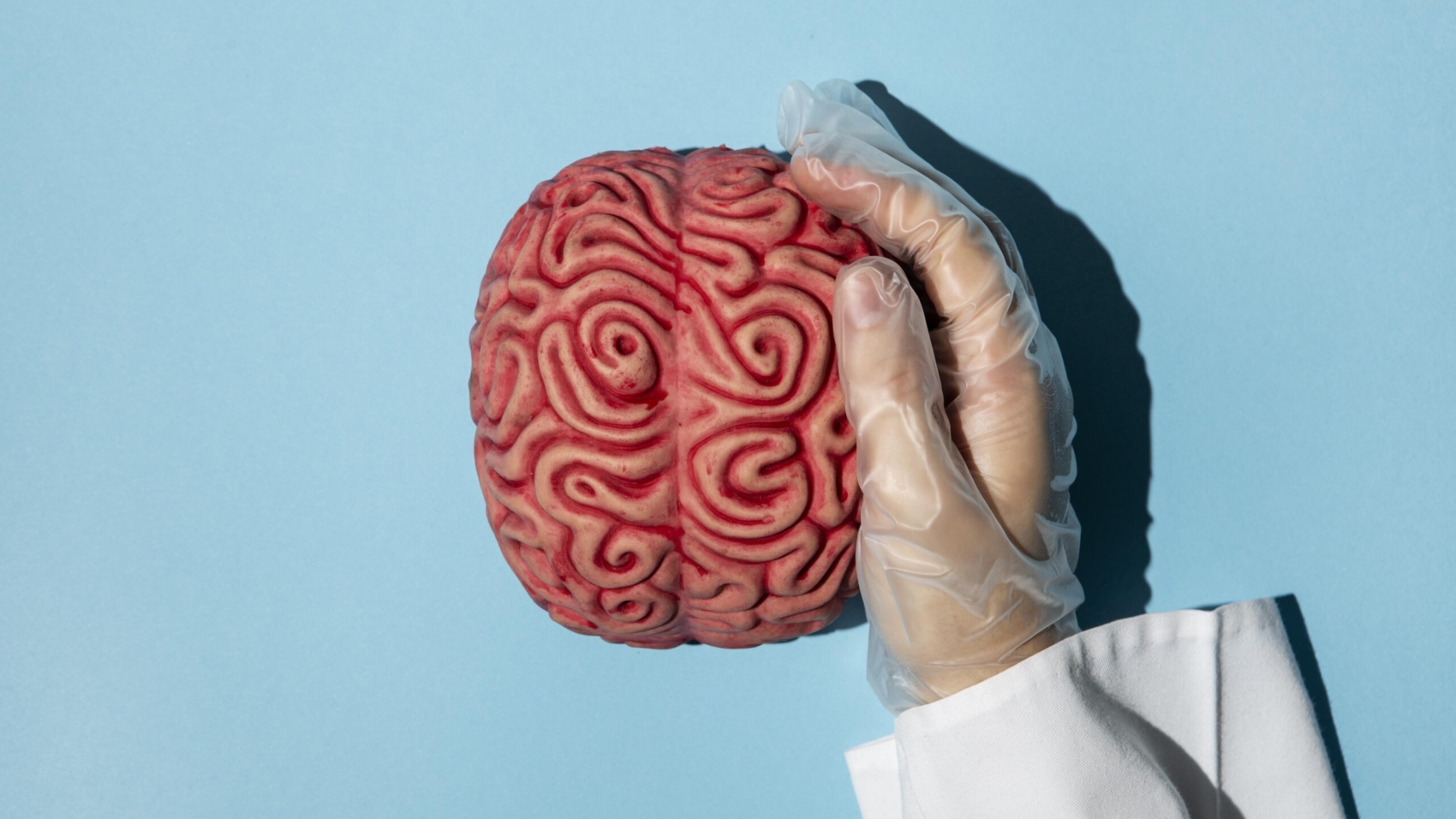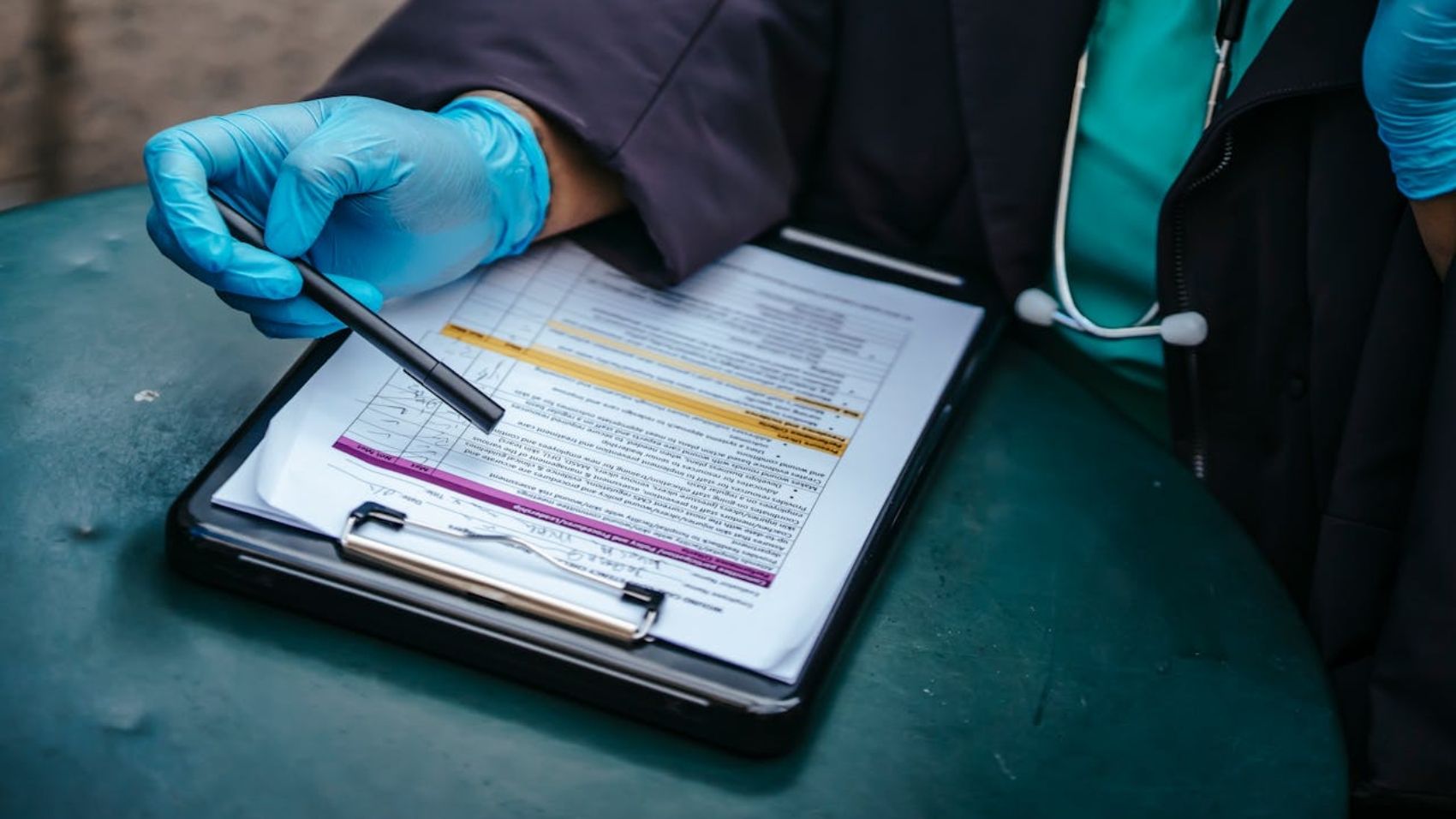As a 73-year-old man with heart disease and a history of coronary bypass surgery, your vigilance about your health is commendable. Experiencing chest pain is understandably concerning, especially when paired with elevated troponin levels. Let’s unpack what elevated troponin means, its implications, and how to manage it.
What Are Troponins?
Troponins are proteins critical for muscle contraction, found primarily in heart and skeletal muscle cells. When heart muscle cells are damaged—such as during a heart attack—troponins are released into the bloodstream. This is why emergency physicians often test for troponin levels when a patient presents with chest pain.
Modern diagnostic tools use high-sensitivity troponin tests, which detect even minuscule amounts of troponins in the blood. These advanced tests can identify heart attacks earlier and more accurately compared to older methods. However, their heightened sensitivity also means they may detect slight elevations unrelated to a heart attack.
What Causes Elevated Troponin Levels?
A normal troponin range varies depending on the specific test and lab, but typically:
- For men, normal levels are between 0 and 14 ng/L.
- For women, the range is 0 to 10 ng/L.
Troponin levels rise significantly during a heart attack. A minor heart attack might cause levels to double or triple the normal range. Major heart attacks can push levels as high as 500 ng/L. These levels peak within 24 hours and gradually decline over a week.
In your case, the levels ranged between 57 and 63 ng/L, which are above normal but far below the thresholds typically seen in significant cardiac events. It’s important to understand that elevated troponins don’t always mean a heart attack. Other conditions, such as:
- Myocarditis (inflammation of the heart muscle)
- Cardiomyopathy (heart muscle disease)
- Chronic kidney disease
- Prolonged or intense physical exertion
…can also cause elevated troponin levels. Sometimes, no clear cause is identified. In such cases, the levels remain stable over time, as seen in many individuals with no acute heart issues.
How Troponin Levels Are Interpreted in Emergencies
When diagnosing a heart attack, doctors consider several factors:
- Troponin levels over time.
- Electrocardiogram (ECG) results.
- Symptoms, like chest pain, shortness of breath, or fatigue.
- Medical history, including previous cardiac events.
If the troponin levels are only mildly elevated and remain steady over repeated tests, a heart attack is less likely. Your doctor ordered a stress echocardiogram to rule out any blood flow blockages in your heart. Since your results were clear, it suggests that your heart muscle isn’t under significant stress or damage.
Should You Be Concerned?
Given your history and recent test results, the stable but elevated troponin levels may simply reflect your baseline. Some individuals naturally have higher troponin levels, especially as they age or if they have underlying heart conditions. Importantly, there is no medical intervention to lower troponin levels. Instead, maintaining a healthy lifestyle remains your best defense.
What Can You Do Moving Forward?
To manage your heart health and reduce risks:
- Continue Regular Exercise: Engaging in moderate, heart-healthy activities like walking or swimming supports cardiovascular health.
- Follow Your Doctor’s Advice: Keep up with prescribed medications and routine check-ups to monitor your heart condition.
- Watch for Symptoms: Seek medical attention if you experience new or worsening chest pain, shortness of breath, or fatigue.
- Stay Educated: Understanding your condition empowers you to make informed decisions. For example, during emergency visits, knowing how triage prioritizes care can help you advocate for yourself effectively.
Final Thoughts
Elevated troponin levels, while concerning, don’t always signal a heart attack. For many, they are part of the broader picture of heart health and require careful interpretation alongside other diagnostic tools. By staying proactive with your health and maintaining open communication with your healthcare team, you’re already taking the right steps to safeguard your well-being.











